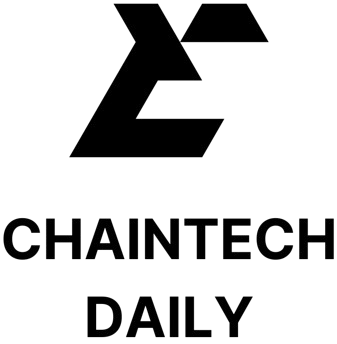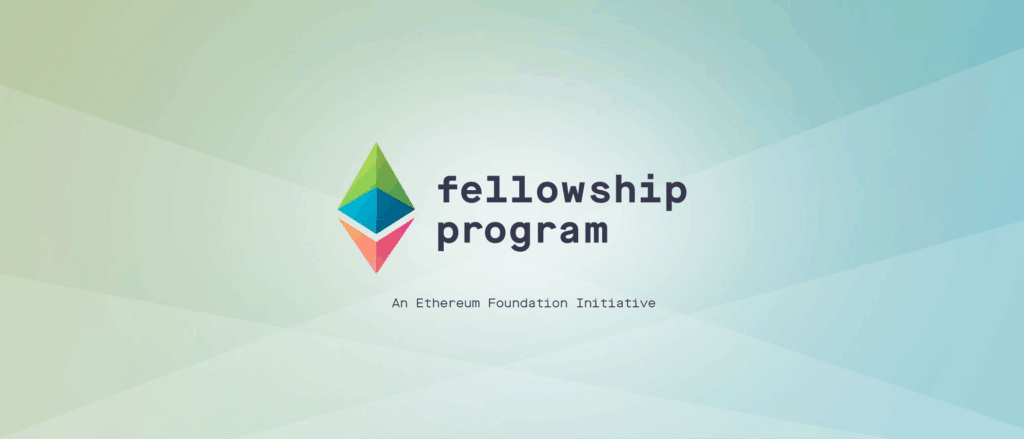In Sub-Saharan Africa, only 3% of 48 million smallholder farmers are insured. Owning 1 acre of land and earning approximately $1.40 per person per day characterize a smallholder farmer. Smallholder farmers often own a mixture of cash crops and subsistence or non-commercial farming; and, they lack the financial and technological resources of large-scale industrial farms. As extreme weather events become ever more frequent due to climate change, one flood or drought can push such farmers into the spiraling cycle of poverty without protection by means of crop insurance.
The following is an update from Ethereum Foundation Fellow Benson Njuguna.

Benson is on a mission to elevate humanity from an economic standpoint through innovative ideas driven by technology. He is a Business Transformation Specialist at ACRE Africa, a microinsurance service provider based in Kenya. For more about the Ethereum Foundation Fellowship Program, read this blog post.
Roadblocks for Farmers: Trust and Affordability
Businesses like ACRE Africa have supported farmers by delivering risk management solutions and agricultural insurance products that address the precarious and uncertain livelihoods that farmers face. One challenge in this field is that farmers have a negative preconception of insurance providers due to a history of delayed or absent payouts. Farmers are unaccustomed to being given crucial information related to their policy – even something as simple as confirmation about whether they will receive a payout for losses incurred.
At ACRE Africa, a typical smallholder farmer with a half-acre plot pays about USD 50, which is just enough to cover farm inputs such as seeds and fertilizers.
For insurance businesses, such low premiums mean that scale is needed to break even, much less to turn a profit. Saving on costs through digitization and automation is crucial, not only for insurance businesses’ commercial viability, but also to make sure that farmers can afford the insurance premium.
The Problem: Old Crop Insurance Payout System
Every farmer’s life is shaped by two seasons in Kenya and the region: the long rain season and the short rain season. The long rain season begins in April and ends in July, while the short rain season starts in October and ends in December. For the first cycle of the long rain season in April, farmers begin to buy insurance. To get started, they are required to fill out many forms. Once the forms are complete and the insurance product has been purchased, ACRE Africa monitors the risk and climate until the end of the season. In short, if there is a weather event during the period over which a farmer purchased insurance, they will be paid only after the following season has already started. However, without insurance, the farmers would have suffered financial loss and struggled to continue farming into the following season.
The Solution: ACRE’s BIMA PIMA

A farmer in Embu County, Kenya is activating his insurance policy, using a scratch card included in the bag of seeds he purchased. (Thanks to Acre Africa for supplying this photo)
The BIMA PIMA product, which literally means insurance in small installments, is one of the newest insurance solutions from ACRE Africa. It was implemented in partnership with Etherisc, whose team has developed a decentralized insurance platform on Ethereum.

Farmers seeking coverage with BIMA PIMA first buy seeds for the season from a partnering agricultural supplier. Each bag of seeds includes a scratch card with a unique registration code. For the pilot, we included the price of basic insurance in the seed price, but farmers are also able to purchase additional coverage through a mobile payment network (M-PESA).
When planting the seeds, the farmer will use SMS/USSD to activate the insurance policy. During the USSD activation, their location, and phone number, along with all other relevant details obtained from the registration code (such as the type of crop and amount covered) are passed into the policy smart contract on the xDai chain; this process is known as triangulation and results in the automatic creation of a new policy. The farmer immediately receives a text message informing him/her that the policy is active.
The alternative system monitors and compares actual and historical weather data that triggers the approval of a claim. Here, the payout is not based on human assessment, but rather on pre-defined “windows” or phases throughout the farming seasons (i.e. germination, vegetation, flowering, excess rain). As long as the weather and climate data collected meets the criteria agreed in the policy, the claim is approved; then, the farmers receive payments during the ongoing season and do not have to wait until the end of the season, as was previously the case. The farmers will receive an SMS after the policy was triggered and can check the status of their insurance policy via a mobile device.
Our goal is to gain every farmer’s confidence by providing more relevant information, faster payouts, reducing costs for the insurance product as well as an audit trail for accountability.
First payout made via blockchain
Earlier this year, we made our first payout to a farmer, Samuel, who bought an insurance policy for maize seeds!
As of today, 511 mid-season payouts, totaling KES 75,295 (2,766 USD) were made.
Next hurdles and steps
Though this new system addresses existing challenges and improves the current systems in Kenya (and soon in Tanzania and Zambia), it has not been without hiccups. We are still a long way from a fully ‘decentralized’ insurance solution. Payouts, for example, though technically possible, are not fully automated yet. One of the main challenges remains improving processing times for claims approvals. Just like in the old payout system, claims end up sitting on someone’s desk, waiting for approval. Likewise, the parties outside of our project (ex: the insurer, the re-insurer who support us in the claims processing, and regulator) also have their own standalone system, and there are still aspects which become bottlenecks as they require a manual approval process. Looking ahead, we will share relevant information regarding policies with all stakeholders. With direct access to one system through customised dashboards, we imagine each stakeholder accessing one source with a complete audit trail.
I’m hopeful that our BIMA PIMA insurance product can serve as a successful model to revitalize the much needed trust between farmers and insurance providers. I took up computer sciences to help my community, and realised from an early age that technology was needed to allow countries like Kenya to be part of the global market. I am excited to be a part of that, and to be working toward a future where millions more family farmers and billions of people in developing countries experience the beginnings of decentralization.
We hope you’ll continue to stay connected with the Fellowship Program, and we’d love to hear from you if you’re looking to get in touch by email at [email protected]. Finally, connect with Benson on Twitter, or reach out online to contact other Fellows, or to learn more about the program.

